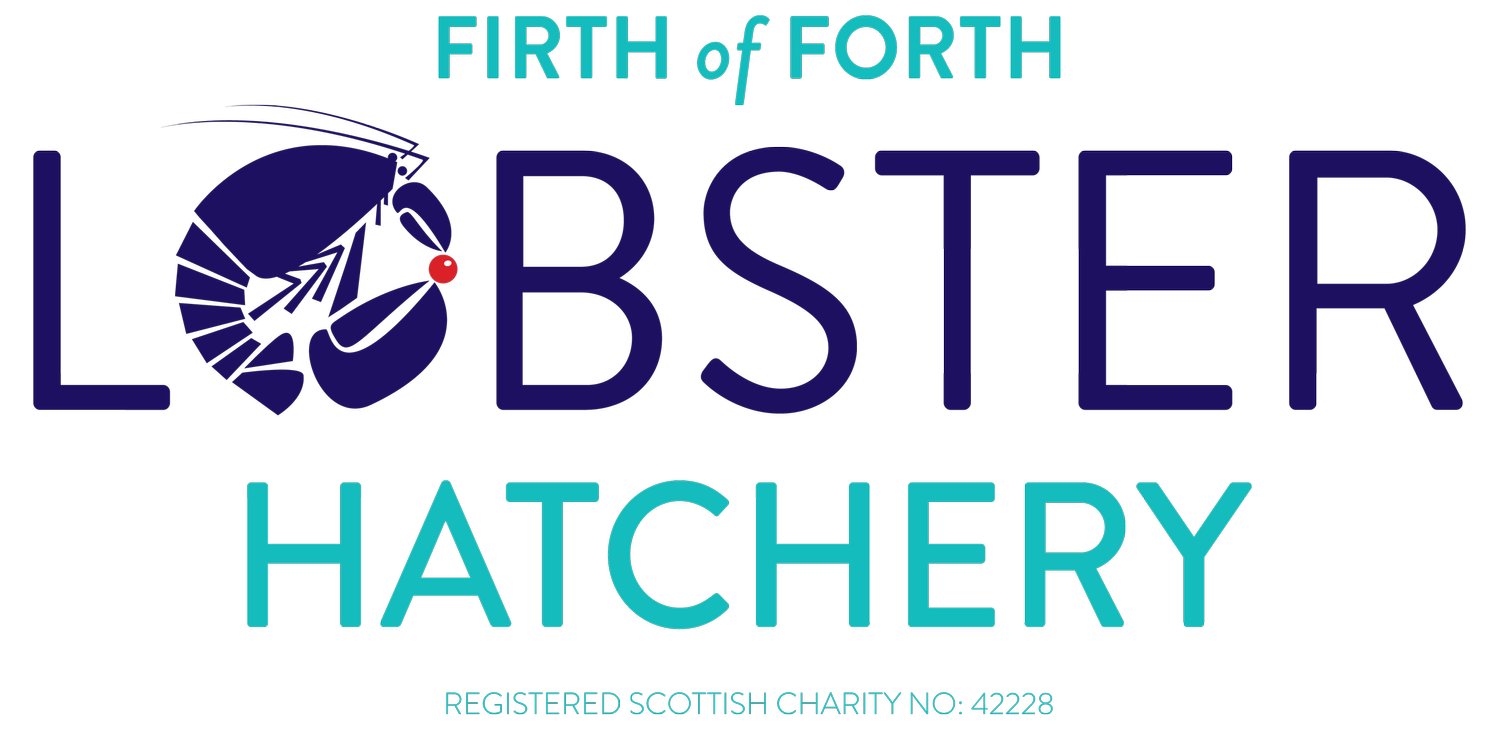Seagrass processing at the Lobster Hatchery
The Firth of Forth Lobster Hatchery has teamed up with the Scottish Seabird Centre and the wider Restoration Forth project to facilitate seagrass seed processing. Support from the Scottish Government’s Nature Restoration Fund, managed by NatureScot, through Scottish Marine Environmental Enhancement Fund (SMEEF) facilitated grants, has allowed the Lobster Hatchery to become one of the two seagrass processing facilities, alongside The Ecology Centre in Kinghorn. Reproductive seagrass shoots collected in Orkney will be processed at these two facilities to retrieve seeds, before being planted in the Firth of Forth as part of Restoration Forth.
Who are we?
The Firth of Forth Lobster Hatchery is a marine conservation charity, located next to the Scottish Seabird Centre in North Berwick. During the summer months (April-September), we are a stock enhancement project for the European Lobster in the Firth of Forth. Berried hens (female lobsters with fertilised eggs) are brought to us by local fishermen which are then placed in our hen unit at the Lobster Hatchery. After their eggs have hatched naturally, we collect their larvae and raise them through the most vulnerable stages in their lifecycle. When they are released back into the sea at 2 months old, they have a much higher chance of survival as they are able to swim and protect themselves. The Lobster Hatchery is an ideal place to have a seed processing unit, not only for its close proximity to the Scottish Seabird Centre, but also because of our access to seawater and existing aquaculture systems. It has been a great opportunity for us to extend our opening period into the winter and learn new seagrass processing skills.
A "berried hen" - the underside of a female lobster’s tail which is carrying eggs.
What is seagrass?
Although seagrass and seaweed may look similar, they are entirely different. Seagrass belongs to a group of plants called angiosperms and are the only marine flowering plant. There are two species of seagrass in the UK which inhabit shallow coastal waters: eelgrass (Zostera marina) and dwarf eelgrass (Zostera noltii).
Seagrasses grow in two directions; their blades grow vertically and their roots grow horizontally, anchoring them into the sediment and forming an underground network. Seagrasses are “ecosystem engineers”, forming a structurally complex habitat and home to many different marine species such as fish, starfish and urchins.
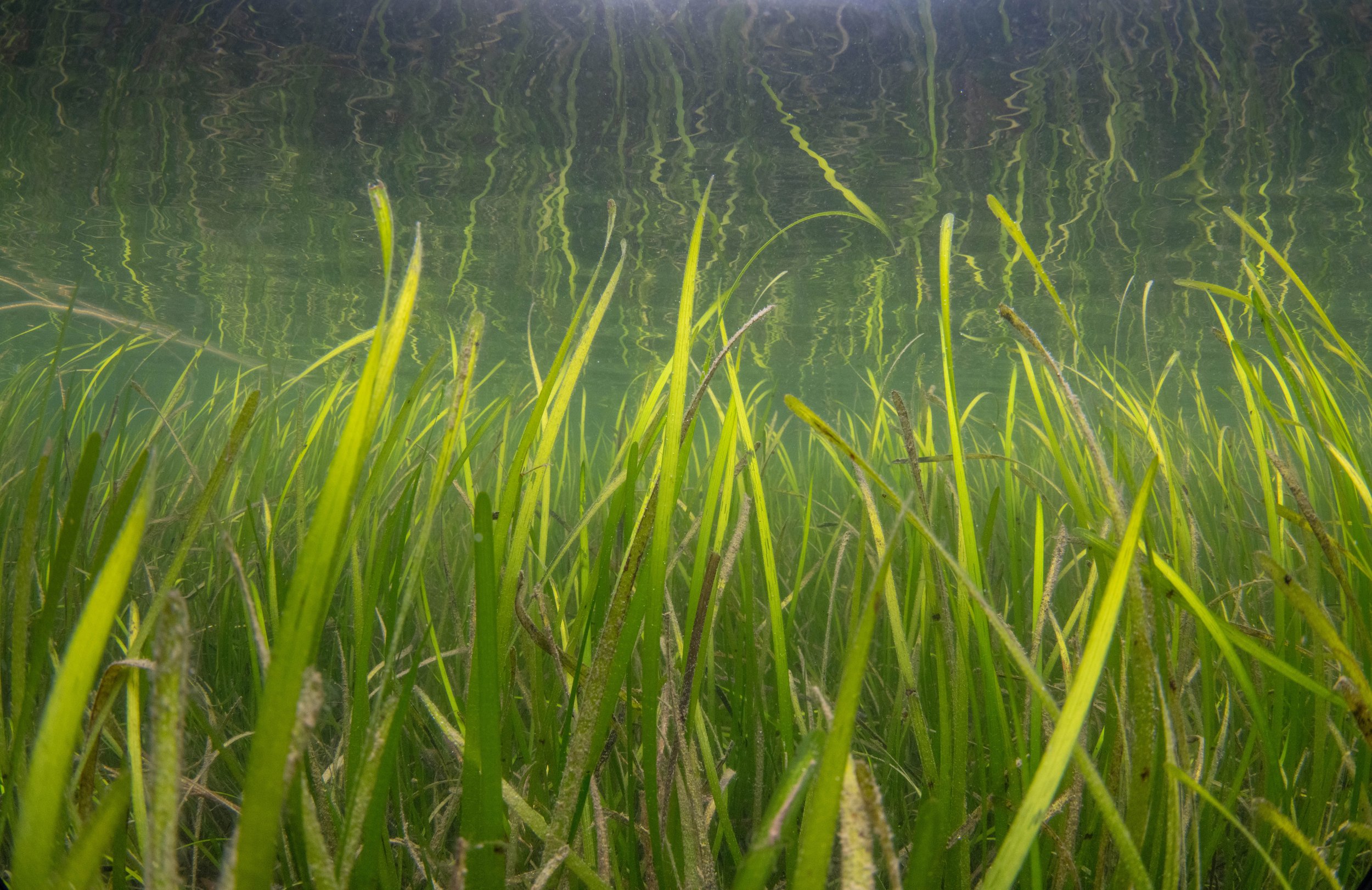
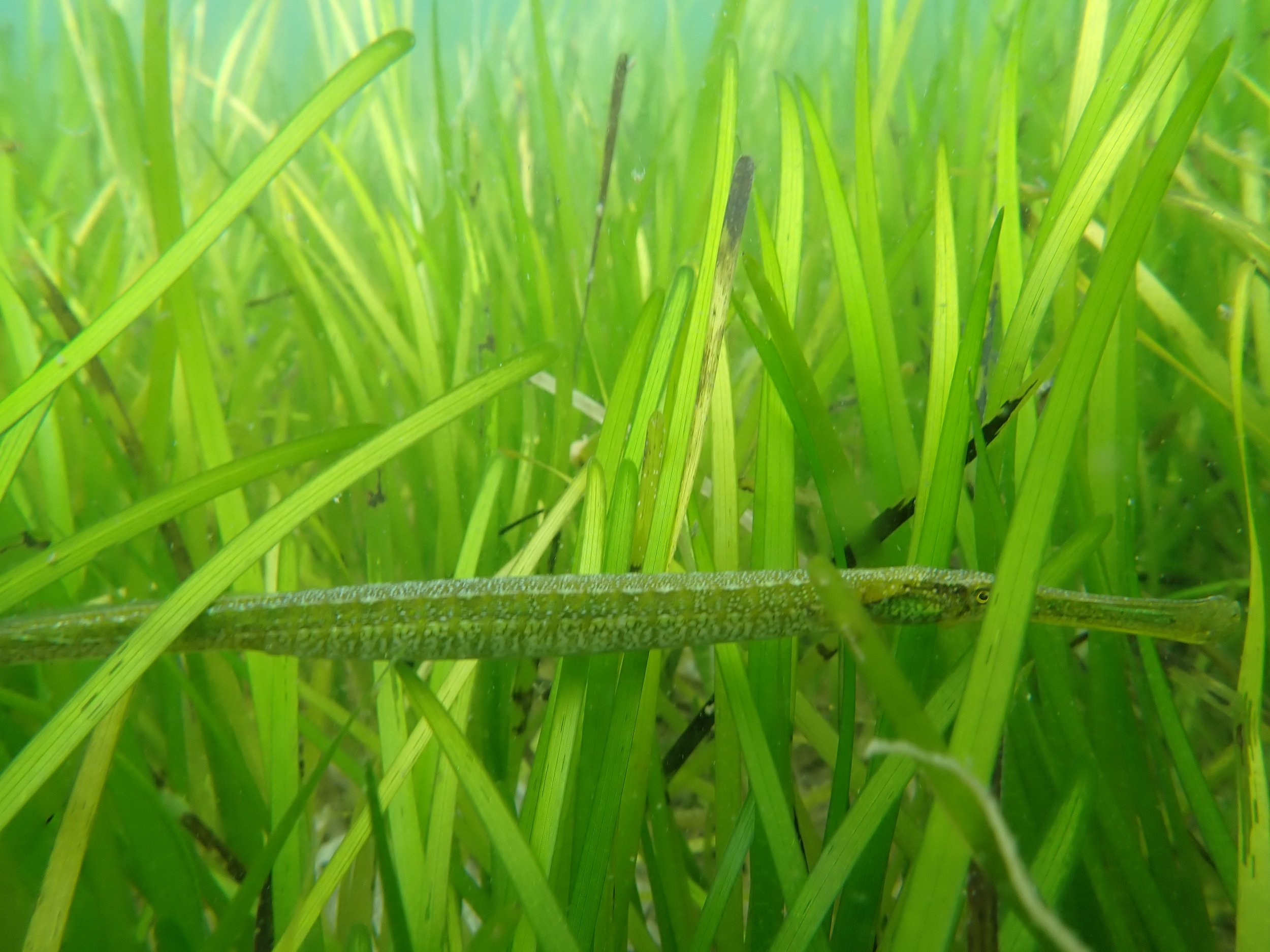
Why is seagrass important?
Seagrass restoration is vital to protect the ecosystem services it provides such as preventing coastal erosion and improving water quality. The sediment trapping ability of seagrass allows it to buffer wave energy and contribute to sediment stability, which protects coastlines. The underwater forest-like habitat also enhances biodiversity and is a nursery for many commercially important juvenile fish such as cod and plaice. Seagrass meadows play a crucial role in maintaining the health of many marine ecosystems and is a vital habitat for the natural systems that depend on them.
However, seagrass meadows are threatened globally, with estimates that we lose an area the same size of two football pitches every hour (Waycott et al., 2009). Restoration Forth aims to help change that trend by restoring 4 hectares of seagrass by the end of 2024. These seagrass beds will provide key habitats for juvenile fish and other marine species, stabilise the seabed, and help capture carbon in sediment surrounding the plant.
Collection of seagrass seeds
Orkney is the ideal location for collecting these shoots as it is a perfect example of a healthy seagrass meadow in the UK and has a similar genetic profile to existing seagrass in the Firth of Forth. Seed collection happens during July and August as this is when the reproductive seed shoots are mature enough to harvest. Even though it is the summer months, the water is still cold, and the team requires thick wetsuits and extra gear to stay warm during seed collection. Seed collection involves snorkelling above the seagrass meadow and snipping off the reproductive seed shoot which causes no harm to the existing plant.
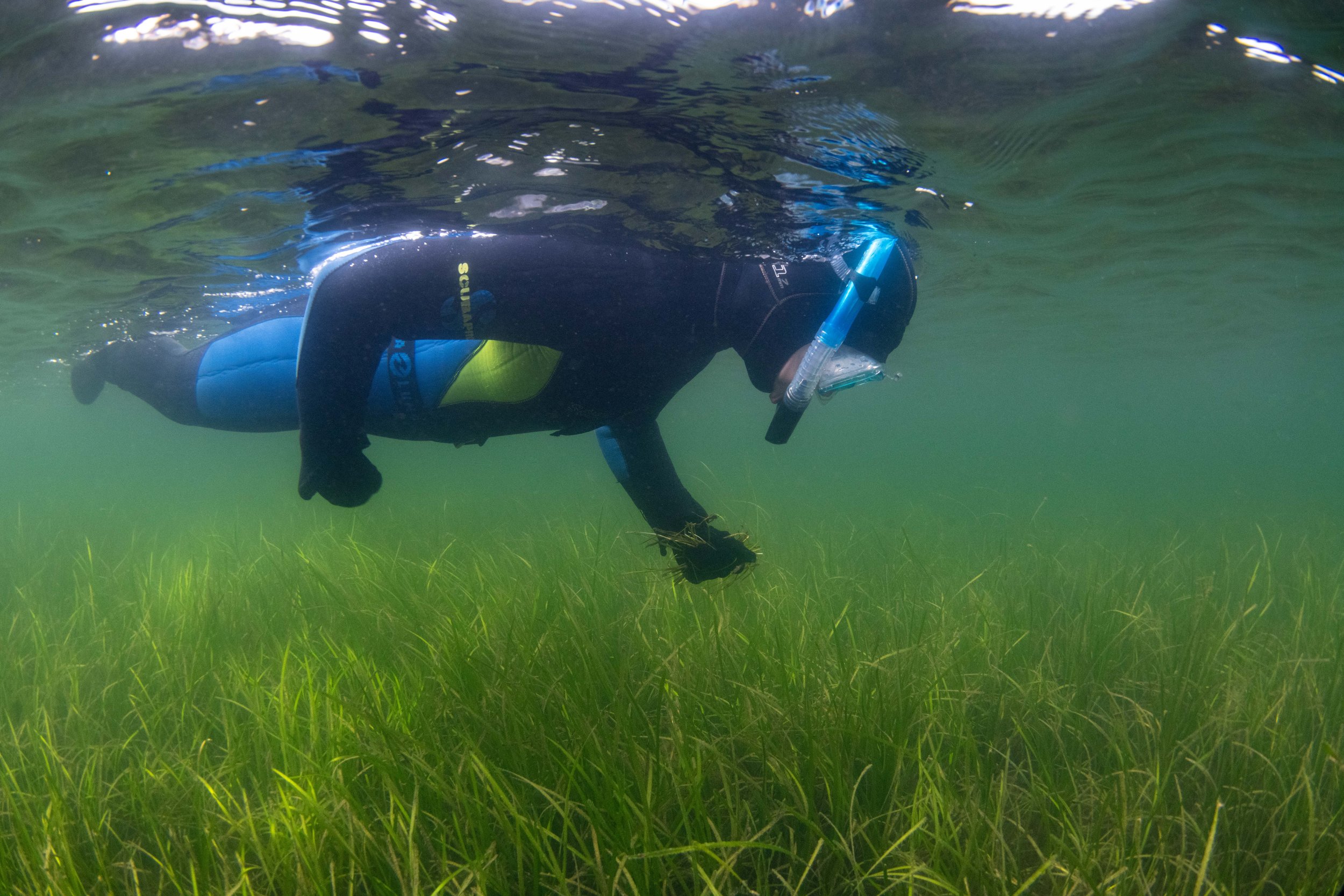
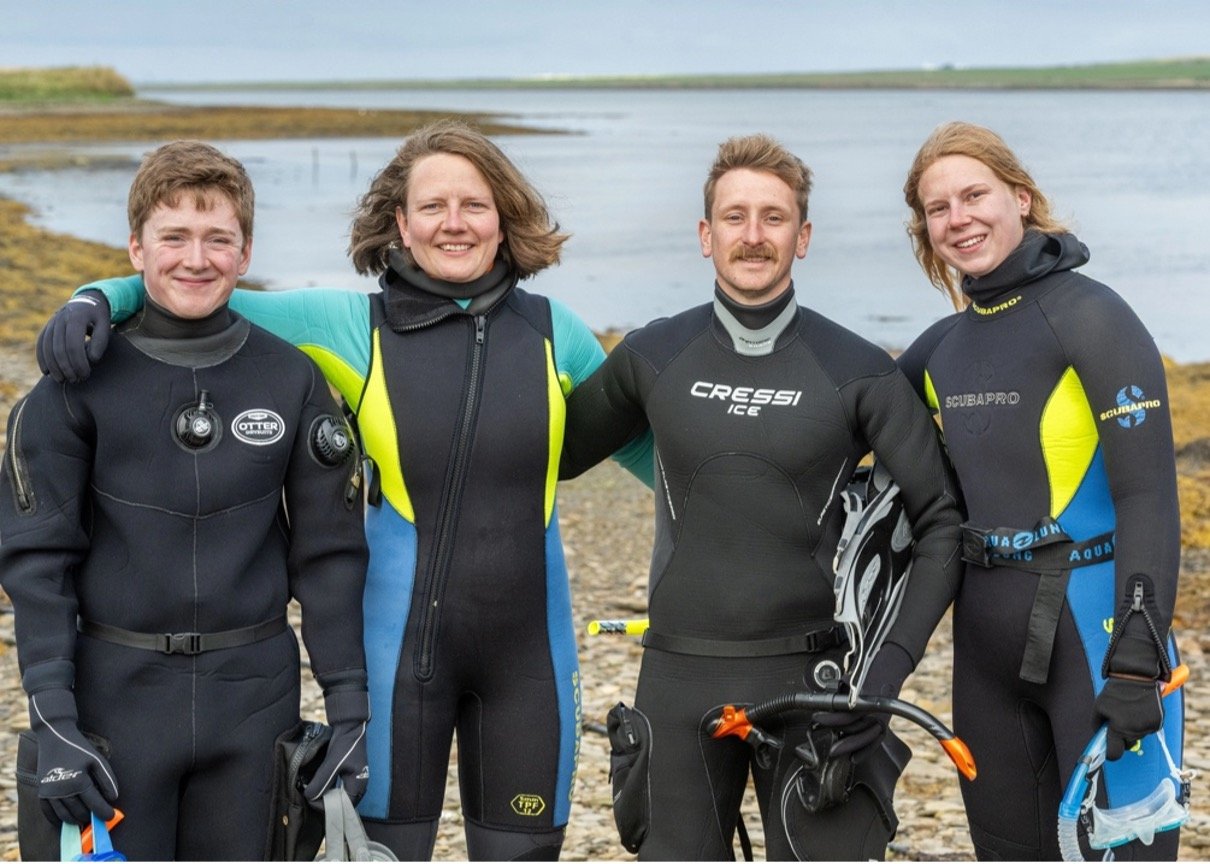
Processing and storage
Back in January, preparations for our seagrass processing facility started with the complete renovation of the hen room at the Lobster Hatchery. Alongside a brand-new hen unit to keep our berried hens happy, we also installed a new system for seagrass seed processing and storage. Thanks to support from the Scottish Government’s Nature Restoration Fund, facilitated by SMEEF, we were able to purchase all the equipment required to retrofit this area in the Hatchery to accommodate the seagrass alongside the hens. The system has been very efficient at processing seeds, as the large capacity of the tanks allowed seeds to separate from the plant tissue easily.
Seagrass processing tanks at the Firth of Forth Lobster Hatchery. Installed with the support of the Scottish Government's Nature Restoration Fund, managed by NatureScot, through Scottish Marine Environmental Enhancement Fund (SMEEF) facilitated grants. Photo by RJ Lilley.
One of the many bags of seeds retrieved from the seed processing unit. Photo by Eleri Williams
Plans for spring
With the help of community members and groups, seed processing events held at the Scottish Seabird Centre and the Ecology Centre will help us retrieve approximately between 300,000 and 500,000 seeds this year. These seeds will be preserved over the winter to prevent premature germination, before they are planted in the spring with the help of our amazing Restoration Forth Volunteers. There are so many ways to get involved with Restoration Forth and join us on future events. Visit the Restoration Forth webpage to find your nearest activity and your nearest hub, and sign up to their mailing list to keep updated.
A handful of seagrass seeds that are ready to be planted. Photo by Maverick Photo Agency.
Restoration Forth is supported by the Scottish Government’s Nature Restoration Fund, which is facilitated by the Scottish Marine Environmental Enhancement Fund (SMEEF), and managed by NatureScot.
